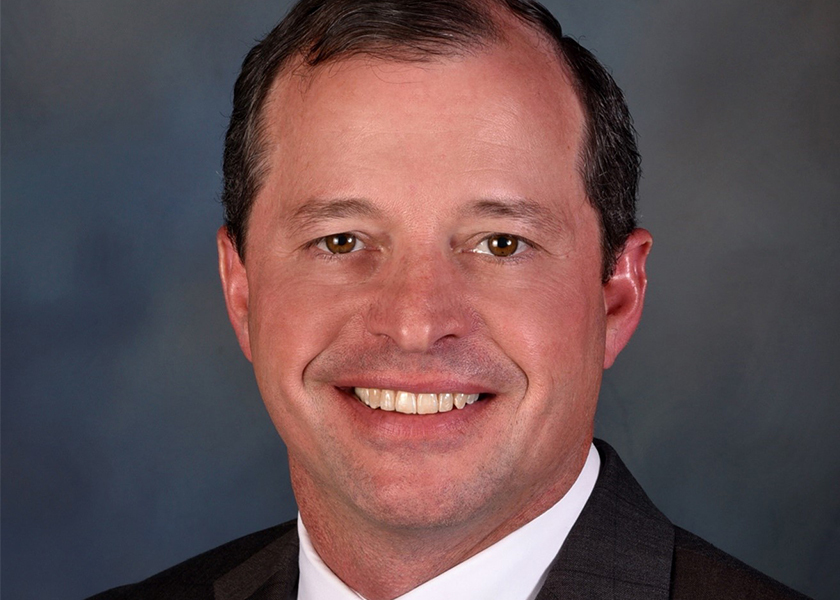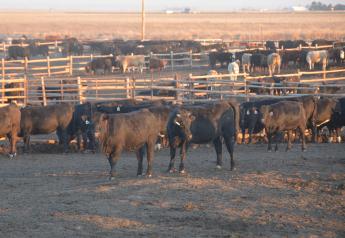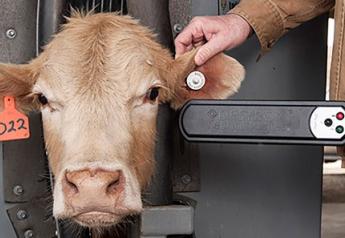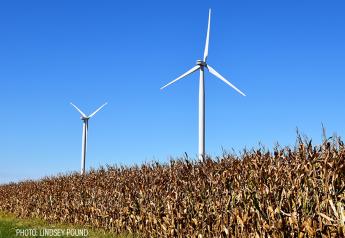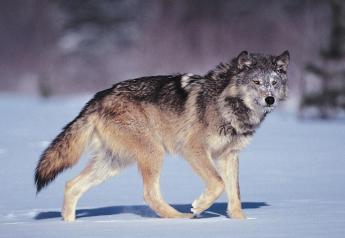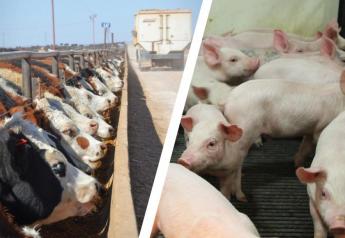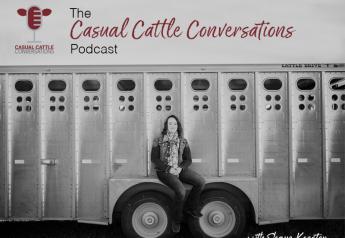Feeding the world – Sustainably.
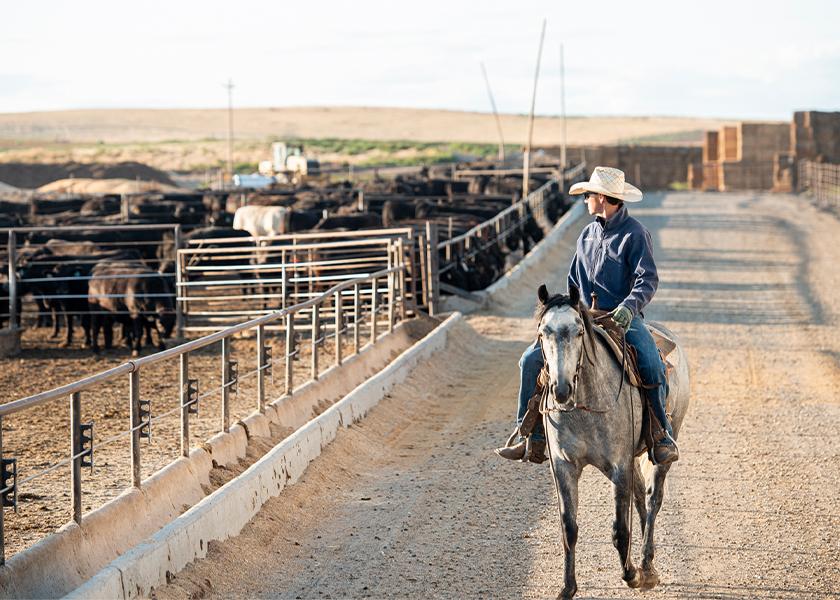
Feeding the world – sustainably
By Ben Weinheimer, Texas Cattle Feeders Association
Sustainability is multifaceted. While environmental stewardship often takes center stage, it is also important to consider the social and economic components that drive sustainability. Beef producers in the U.S. have a proven history of balancing these three elements. Through the use of new technologies, improved genetics, natural resource management and improved animal welfare practices, today’s cattle feeders are paving the way for responsible beef production that drive improvements in sustainability and profitability. Yet, with our commitment to feed a growing population utilizing finite resources, sustainability is a significant opportunity for the cattle feeding sector to shine.
In the past few decades, U.S. feedyards have used precision feeding, alongside growth promotants and ionophores, to optimize nutrient utilization in cattle. This, combined with improved genetics that allow for better energy and protein conversion, has created more pounds of beef products for the U.S. and global food supply with less feed input. Feedyards also use by products from other industries that would otherwise go to waste, and they upcycle it into beef.
The cattle feeding sector is a leader in Beef Quality Assurance (BQA) certification, showcasing a commitment to animal health and well-being. Cattle are well taken care of, and it shows through better mobility, less bruising and consistently improved quality grades over time. Proper animal health, nutrition, care and handling all contribute to improved profitability.
Cattle feeding has also led to a reduced dependency on natural resources. The sector has allowed for a significant reduction in land use, water use, synthetic fertilizers and waste. Feedyards also have robust nutrient management and recycling programs.
Serving as a primary employer in their regions, feedyards contribute to the economic success of rural communities. In compliance with the Occupational Safety and Health Act (OSHA), feedyards implement and embrace employee safety trainings, informing all employees about proper protocols that should be followed to remain safe at work. Good employee health and well-being leads to better morale, fewer injuries and improved productivity. That is social sustainability at work.
It’s also important to note that sustainability is an ongoing commitment. Cattle feeders know this and are continuously looking for ways to manage their resources better and improve the efficiency of their production practices. In this, we are better together than apart. Now is the time for our industry to work together and prioritize progress.
It is the U.S. Roundtable for Sustainable Beef’s (USRSB) vision to ensure the U.S. is the trusted global leader when it comes to raising high-quality beef. That is why the USRSB set goals for the entire beef value chain.
Better animal health and welfare are directly related to improved cattle efficiency. Therefore, USRSB has set a target that all feedyard employees in a livestock handling role be trained in BQA principles along with relevant safety protocols by 2030.
One of the feedyard sector’s biggest strengths is its use of emerging technologies and how they help preserve natural resources. The USRSB set goals for feedyards to assess water availability and implement water conservation management practices and nutrient management plans to reduce greenhouse gas emissions by 10% per pound of beef by 2030. As new technologies emerge, the feedyard sector can explore opportunities to further improve efficiency and contribute toward these goals.
Noting the importance of economic viability, the USRSB set a feedyard target to enhance cattle performance and feedyard efficiency. Businesses must remain profitable, and a major way to do so is through implementation of the latest science-based production practices and technologies that drive improvements in cattle production and operational efficiency at the feedyard.
The USRSB has set similar targets for all other sectors of the beef supply chain, from cow-calf all the way to retail and food service organizations. As an industry, we have the opportunity to create an even better future. Join us.
